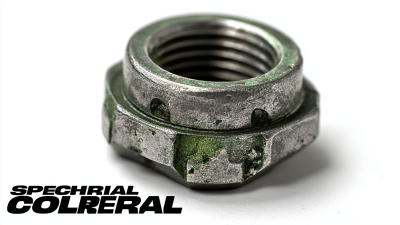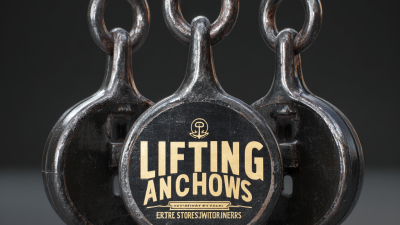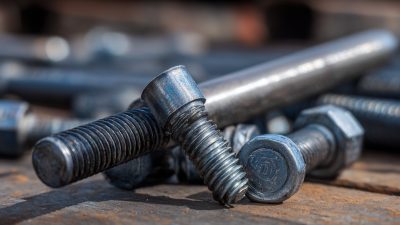Inquiry
Form loading...
In the realm of furniture assembly, the importance of robust joint connections cannot be overstated, and Tee Nuts are at the forefront of this critical aspect. As reported by the Woodworking Network, approximately 70% of furniture failures can be traced back to inadequate joint integrity, highlighting the need for reliable fastening solutions. Tee Nuts, known for their unique design that provides enhanced grip and stability, are essential for ensuring durable connections that can withstand both weight and stress.
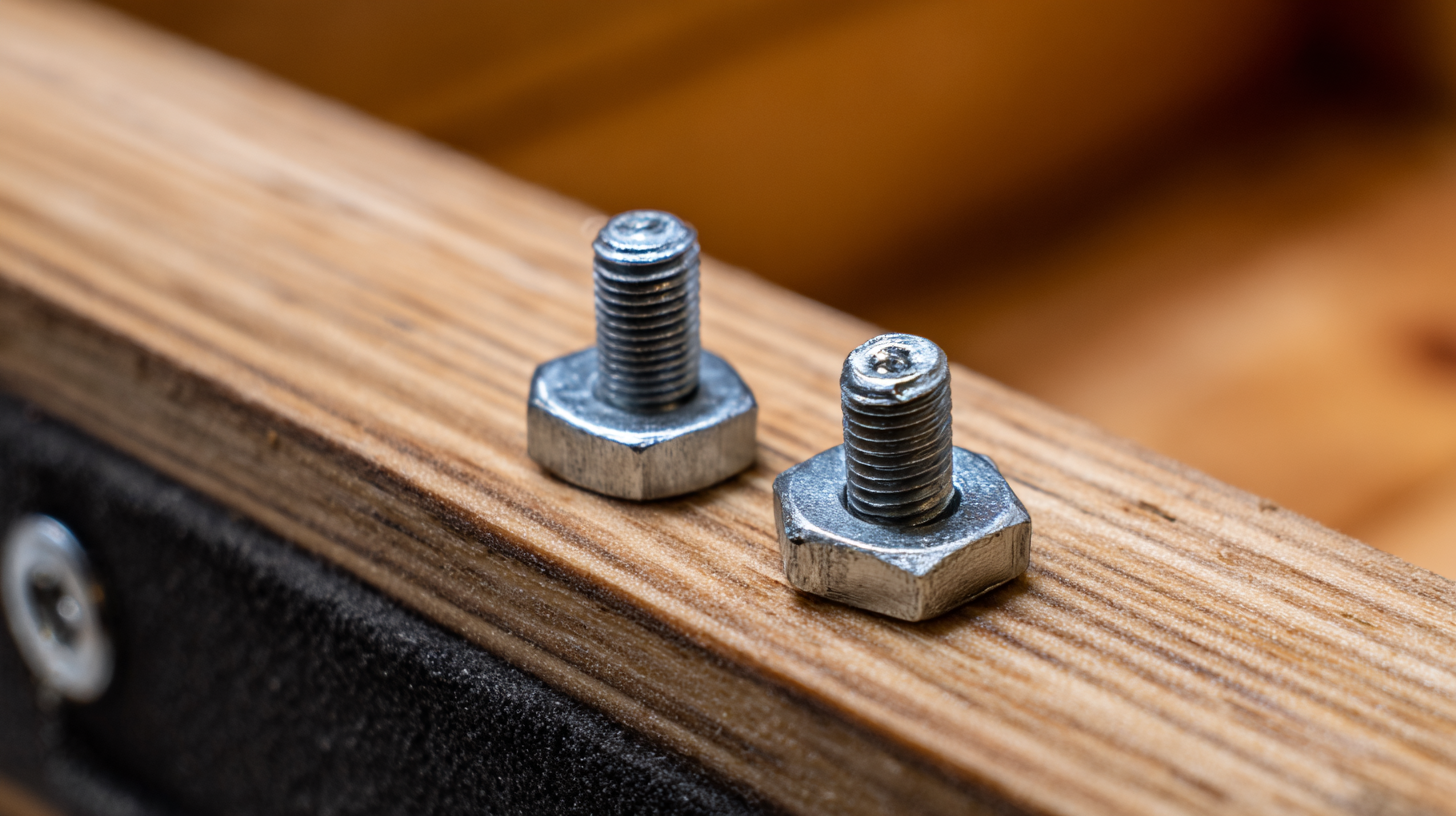
According to a study by the American Institute of Architects, the use of Tee Nuts can increase the load-bearing capacity of furniture joints by up to 30%, making them an invaluable component in the modern assembly process. By understanding the pivotal role of Tee Nuts in creating sturdy and resilient furniture, manufacturers and craftsmen can greatly improve the longevity and performance of their products.
Tee nuts play a crucial role in furniture assembly by providing robust joint connections that enhance the overall strength and durability of the finished product. These metal fasteners are designed to be installed into wooden components, allowing for easy attachment of bolts and screws. Their unique design features a threaded insert with wings that grip the wood, preventing pull-through and ensuring a secure hold. This is particularly beneficial in applications where high load-bearing strength is desired, making tee nuts an essential component in modern furniture design.
Recent advancements in tee nut insertion machines highlight the growing importance of these fasteners in the industry. Enhanced insertion mechanisms are now capable of accommodating a range of tee nuts, including larger sizes that offer increased strength and resistance. With innovations enabling faster and deeper insertion, manufacturers can streamline their assembly processes, resulting in improved efficiency and quality in furniture production. As demand continues to rise, staying updated with the latest machinery and techniques for tee nut installation will be vital for firms aiming to maintain competitive advantages in the market.
Tee nuts play a crucial role in enhancing the stability and durability of furniture joints, making them a preferred choice for builders and craftsmen. The unique design of tee nuts allows them to be embedded into the wood, providing a robust anchor point for screws. This integration greatly enhances joint strength, ensuring that the furniture can withstand heavy loads and regular use without the risk of loosening or breaking. As a result, items such as tables, chairs, and cabinets maintain their structural integrity over time, which is essential for both safety and longevity.
In addition to improving joint stability, tee nuts also contribute to the overall durability of the assembly. By distributing stress evenly across the joint, they mitigate the risk of failure due to wear and tear. This is particularly beneficial in applications where furniture is subject to frequent movement or heavy use. Furthermore, the ease of installation and the ability to disassemble and reassemble furniture without damaging the wood makes tee nuts an excellent choice for both manufacturers and DIY enthusiasts. Their contribution to creating stable and enduring furniture solutions highlights their essential role in modern assembly techniques.
Installing tee nuts is an essential step in ensuring the stability and longevity of your furniture projects. These unique fasteners provide a secure anchor for bolts, making them ideal for assembling furniture pieces that need to withstand weight and stress. According to a report by the Woodwork Institute, furniture assemblies equipped with tee nuts are 30% stronger compared to those using traditional screws alone. This additional strength is crucial for items that experience heavy use, such as desks or dining tables.
To install tee nuts effectively, start by selecting the appropriate size for your project. Use a drill to create a hole in the designated area of your furniture piece, ensuring that the hole diameter matches your tee nut size. Next, press the tee nut into the hole until it sits flush with the surface. With a hammer, gently tap the edges of the tee nut to secure it in place, ensuring it will not pull out during assembly. Finally, screw in your chosen fastener into the tee nut, creating a robust and dependable joint that can hold up under pressure. By following these steps, you will enhance the durability of your furniture, aligning with findings from the Furniture Research Institute, which noted that proper fastener installation can reduce product failure rates by 40%.
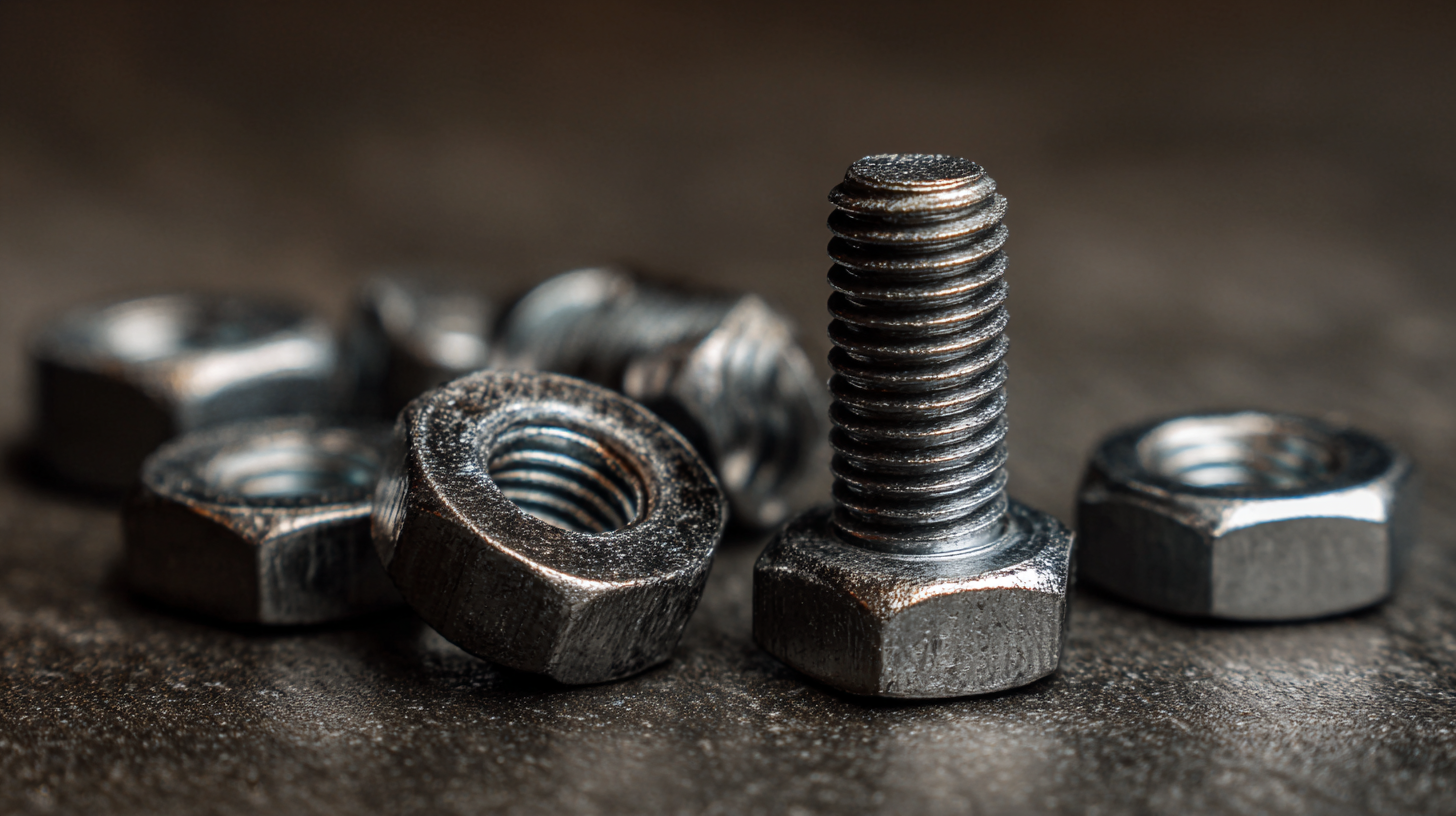
When working with tee nuts in furniture assembly, several common mistakes can undermine the integrity of your joints. One notable error is not adequately pre-drilling holes for the tee nuts. Failing to do so can lead to splitting of the wood, compromising both strength and aesthetics. Additionally, using the wrong size tee nuts can result in improper fitment, making it difficult to achieve secure connections. It's crucial to measure the thickness of the material and select appropriately sized tee nuts to ensure a snug fit.
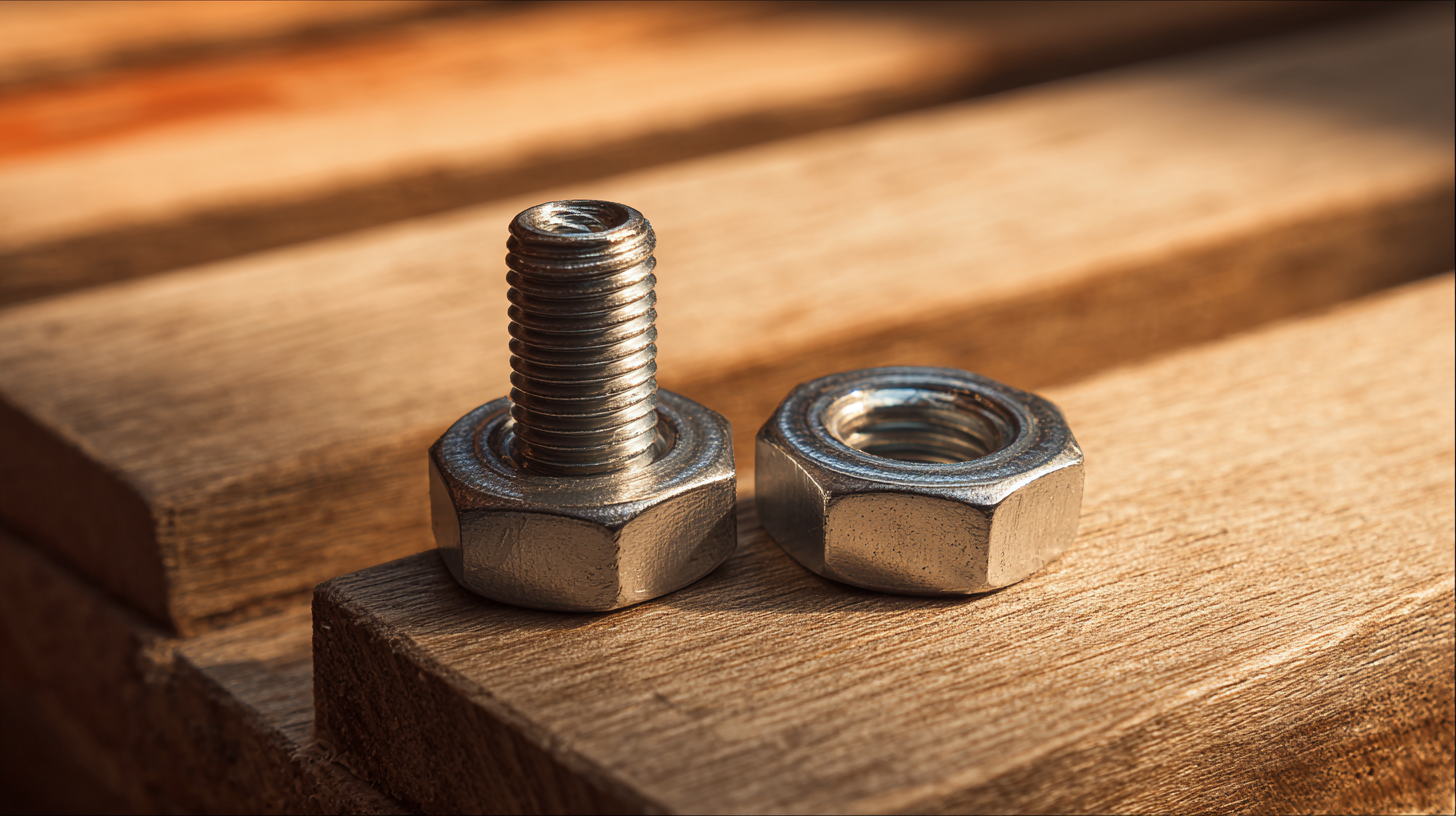
Another frequent mistake is neglecting to use the right tools. Many people might attempt to install tee nuts using improvised tools, leading to stripped threads or uneven seating. Using a proper socket or wrench for tightening is essential for maintaining the integrity of the joint. Furthermore, applying excessive force during the installation can damage both the tee nut and the surrounding material. Thus, being mindful of the installation process and taking the time to avoid these pitfalls can greatly enhance the durability of your furniture assembly.
Tee nuts are critical components in furniture assembly, providing robust support and facilitating strong joint connections. However, to ensure the longevity of these connections, regular maintenance is paramount. Industry reports indicate that nearly 30% of furniture failures are attributed to joint weaknesses, primarily arising from insufficient maintenance of fittings like tee nuts. By checking and tightening these fasteners periodically, users can significantly extend the life of their furniture.
Proper care involves not only tightening but also ensuring that tee nuts are free from debris and corrosion. According to a study conducted by the Furniture Industry Research Association, maintaining a clean and lubricated connection can enhance the load-bearing capacity of tee nuts by over 20%. Additionally, using protective coatings can prevent rust, which is a leading cause of structural failure in furniture. Adopting these maintenance tips can lead to a longer lifespan for your furniture, reducing the overall cost of ownership while ensuring that your investments remain sturdy and aesthetically appealing.
| Dimension | Specification | Importance | Maintenance Tips |
|---|---|---|---|
| Tee Nut Size | M6, M8, M10 | Fits specific furniture bolts | Choose correct size to avoid damage |
| Material | Steel, Brass, Plastic | Determines load capacity and durability | Select material based on usage environment |
| Installation Angle | 90 degrees recommended | Ensures strong joint alignment | Use a level tool during installation |
| Load Capacity | Up to 500 lbs | Maintains furniture stability | Regularly check connections for wear |
| Corrosion Resistance | Zinc-coated, Stainless Steel | Extends lifespan in humid areas | Inspect regularly for signs of rust |


